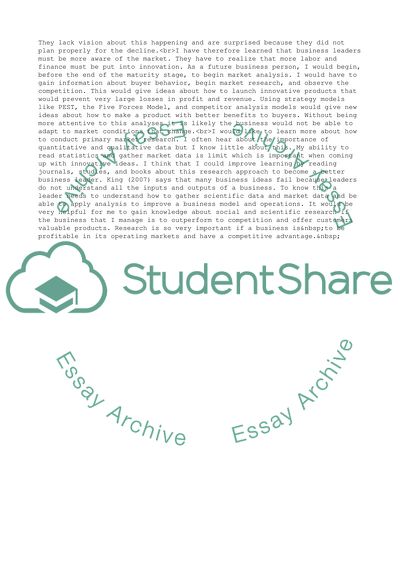Cite this document
(Continuous Professional Development Appraisal Schedule Essay, n.d.)
Continuous Professional Development Appraisal Schedule Essay. Retrieved from https://studentshare.org/business/1871107-continuous-professional-development-appraisal-schedule
Continuous Professional Development Appraisal Schedule Essay. Retrieved from https://studentshare.org/business/1871107-continuous-professional-development-appraisal-schedule
(Continuous Professional Development Appraisal Schedule Essay)
Continuous Professional Development Appraisal Schedule Essay. https://studentshare.org/business/1871107-continuous-professional-development-appraisal-schedule.
Continuous Professional Development Appraisal Schedule Essay. https://studentshare.org/business/1871107-continuous-professional-development-appraisal-schedule.
“Continuous Professional Development Appraisal Schedule Essay”, n.d. https://studentshare.org/business/1871107-continuous-professional-development-appraisal-schedule.


